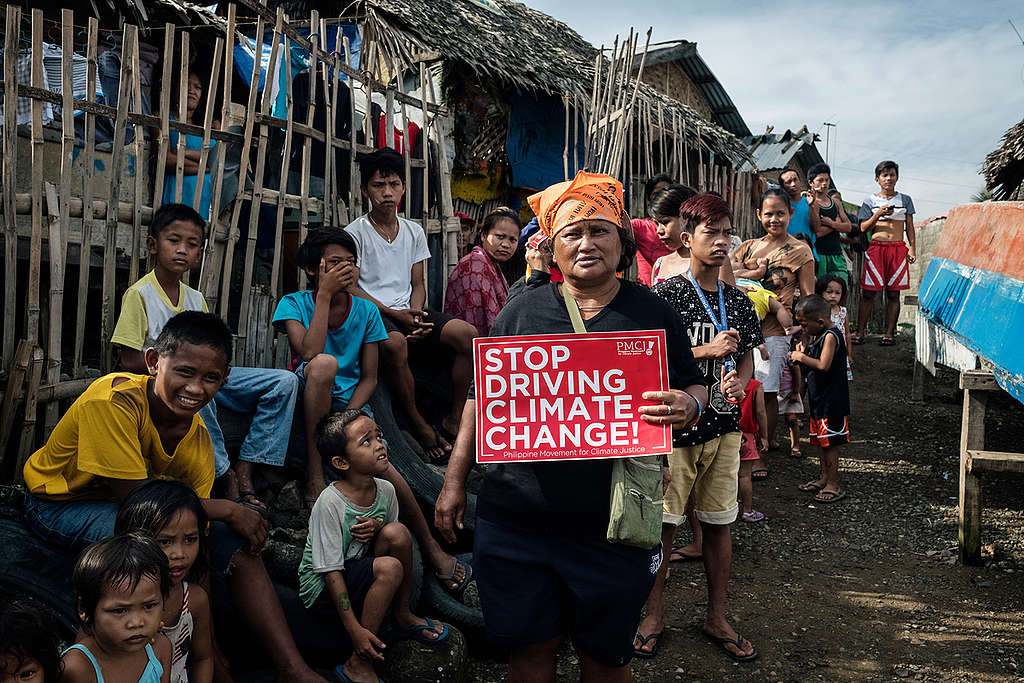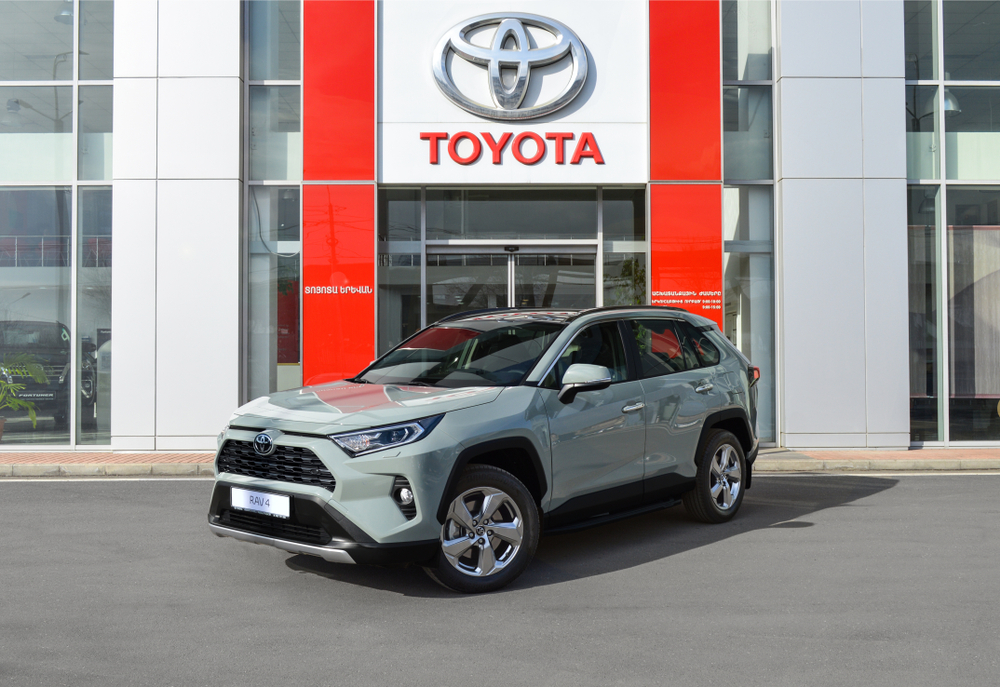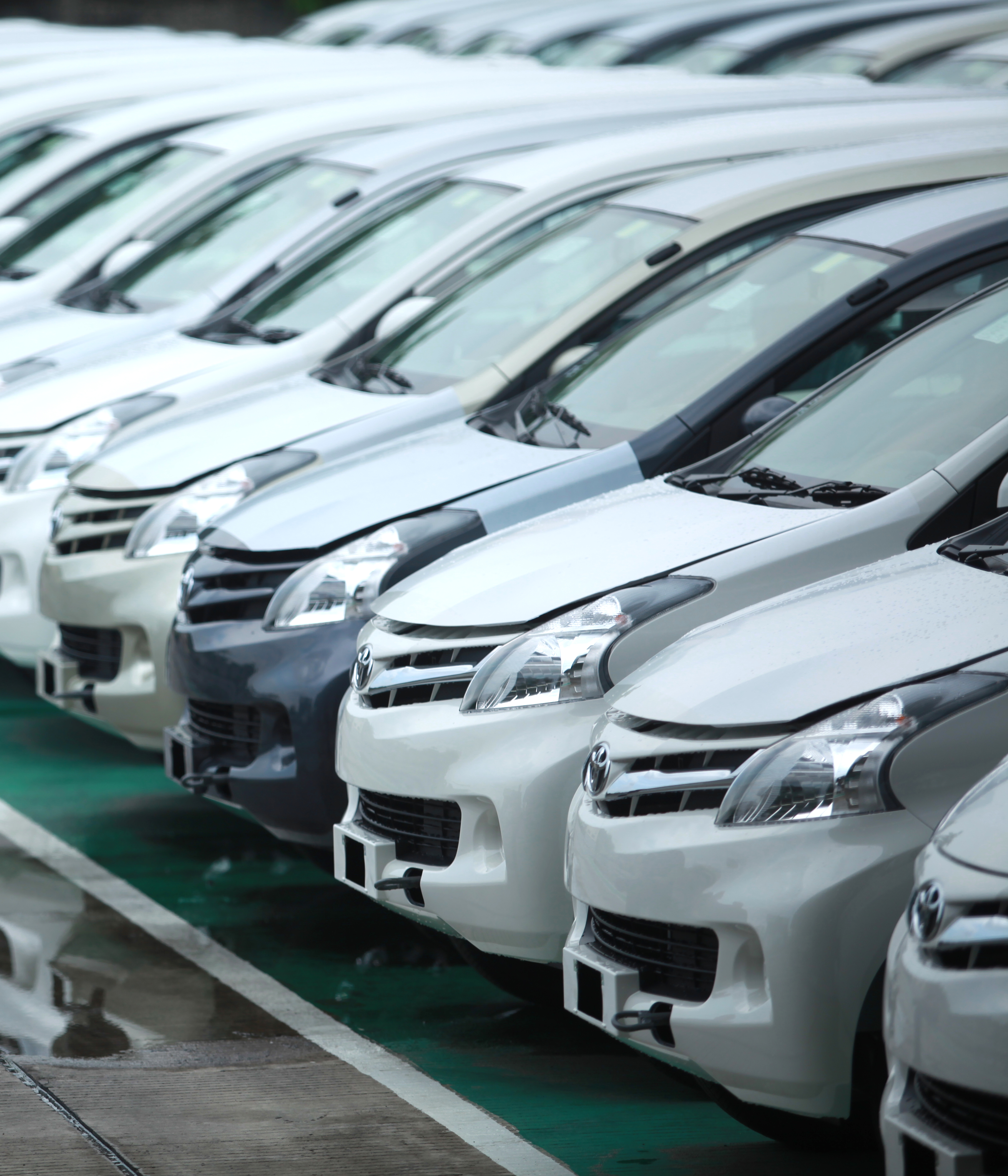Question: What’s the difference between a typhoon, a hurricane, and a cyclone?
Answer: they’re all the same.
They are all violent storms of rotating winds that are born out in the ocean over warm waters but may come barreling towards us on land carrying heavy rains and destructive gusts. The different names simply represent where they are located. The common name is tropical cyclone.
In East Asia, we call them typhoons; in the Atlantic and northeastern Pacific, they’re known as hurricanes; while in the southeastern Indian Ocean they are labeled cyclones. In order to qualify for one of those names, the storm must be packing sustained wind speeds of at least 119 km/h.
Of course, they can get much faster than that. Monster storms, known as category 5 storms on the Saffir-Simpson scale (see chart below) are spiraling at sustained speeds in excess of 250 km/h. As climate change exerts an ever-increasing impact on weather systems, such super typhoons are now becoming more common.
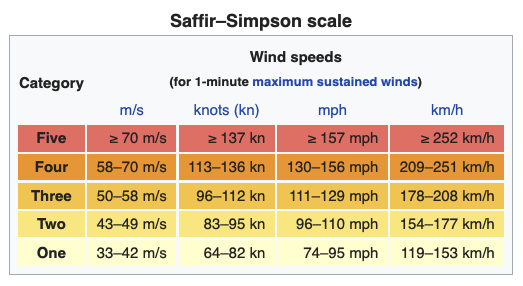
Countries not too far from the equator and close to water are at risk of being hit by these storms because typhoons need deep and warm ocean water to start the powerful cycle of wind spinning.
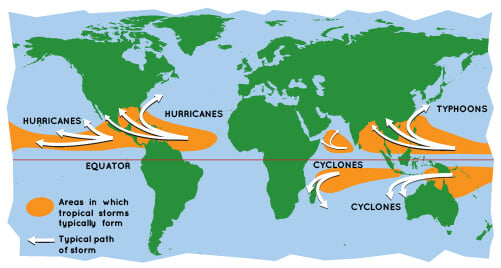
Here in East Asia, we’ve had our fair share of devastating typhoons. Below, we recall the five worst typhoons in recent history and explain the role climate change is playing in making the situation even more worrisome.
1: Typhoon Mangkhut
The strongest storm to hit Hong Kong since records began
Super Typhoon Mangkhut tore through Hong Kong on 16 September 2018. It’s Hong Kong’s fiercest typhoon on record. Almost 500 people were injured, 60,000 trees were uprooted, 500 windows smashed, 40,000 households suffered from blackouts, and several buildings collapsed or sustained serious damage. The territory also suffered from extensive flooding and damage caused by storm surges in dozens of coastal areas, prompting the evacuation of hundreds of residents in some places.
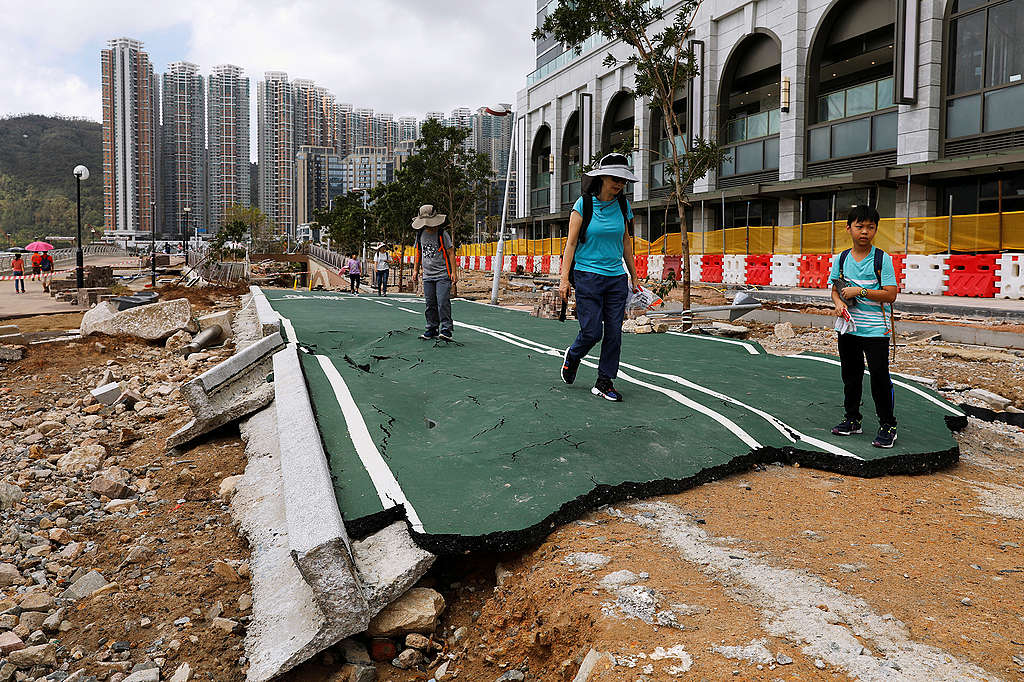
2: Typhoon Morakot
The deadliest storm to hit Taiwan in decades
Morakot dumped record-breaking rainfall on Taiwan in early August 2009 that led to at least 677 deaths largely from landslides. The deluge also caused massive agricultural losses amounting to almost US$300 million. Hundreds of thousands of households had both power and water cut off. Ten years on, communities were still trying to rebuild their lives.
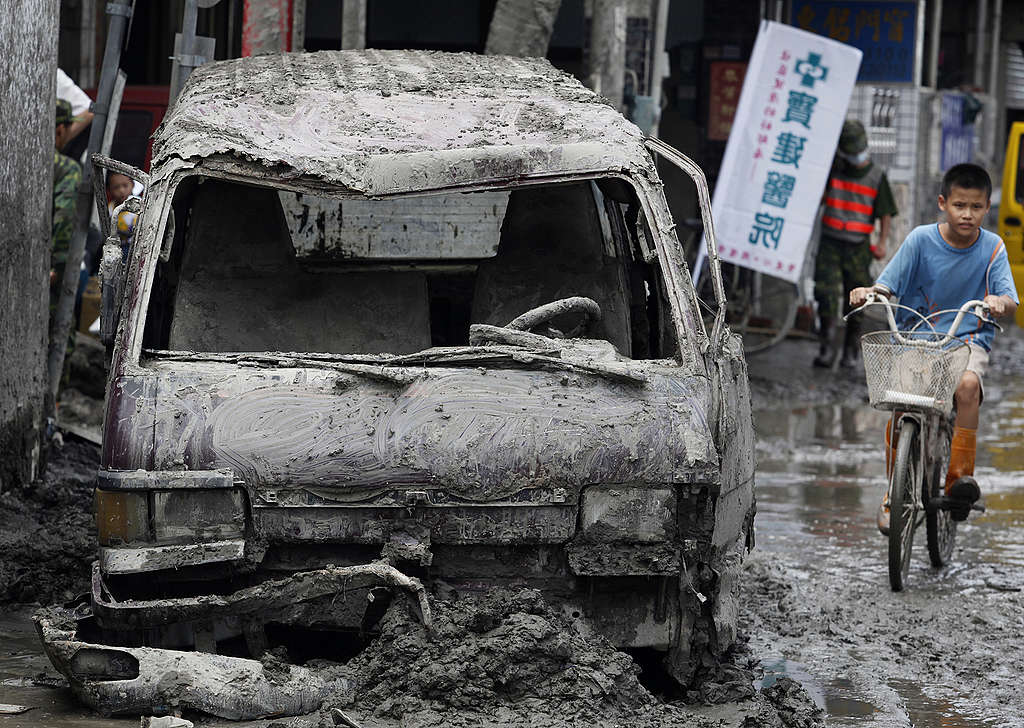
3: Typhoon Hagibis
Japan’s most devastating typhoon on record
Hagibis caused widespread destruction in Japan when it struck in early October 2019. At least 98 people lost their lives, hundreds were injured and 270,000 homes lost power. Storm damage cost the country US$15 billion, the costliest in recent memory. The violence of the storm also caused the cancellation of several Rugby World Cup 2019 matches.
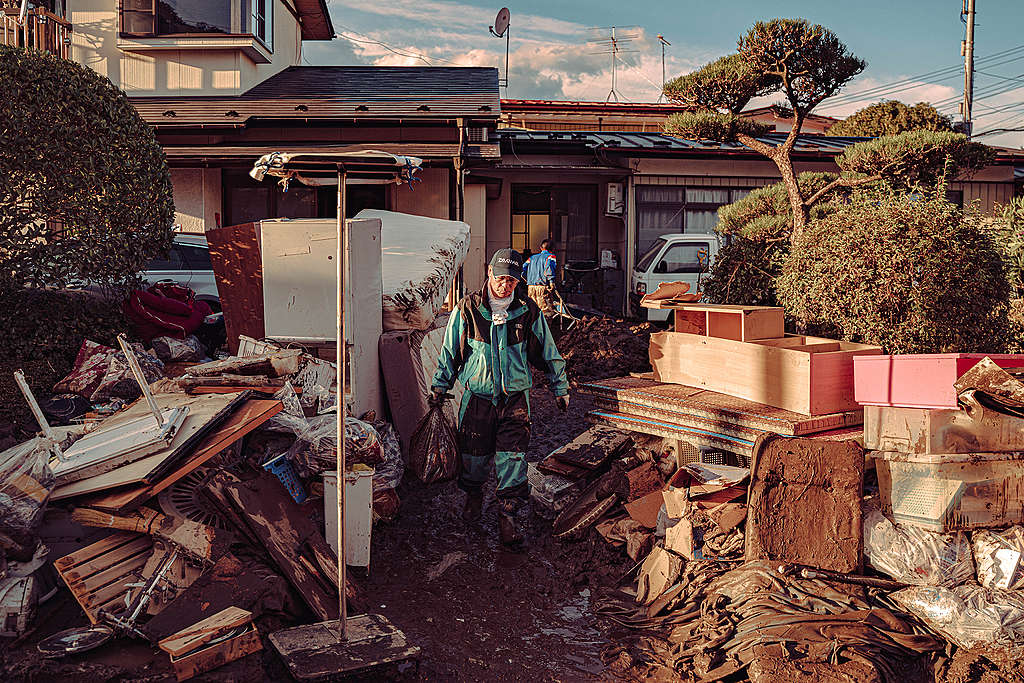
4: Typhoon Maemi
Korea’s fiercest typhoon since records began
Packing maximum sustained winds of 195 km/h, Maemi smashed into Korea on 10 September 2003. The typhoon’s powerful winds led to the death of at least 117 people in the country, destroyed 5,000 homes, and led to economic losses of US$4.8 billion. Maemi was so powerful that it threw shipping containers into the air and overturned giant cargo cranes.
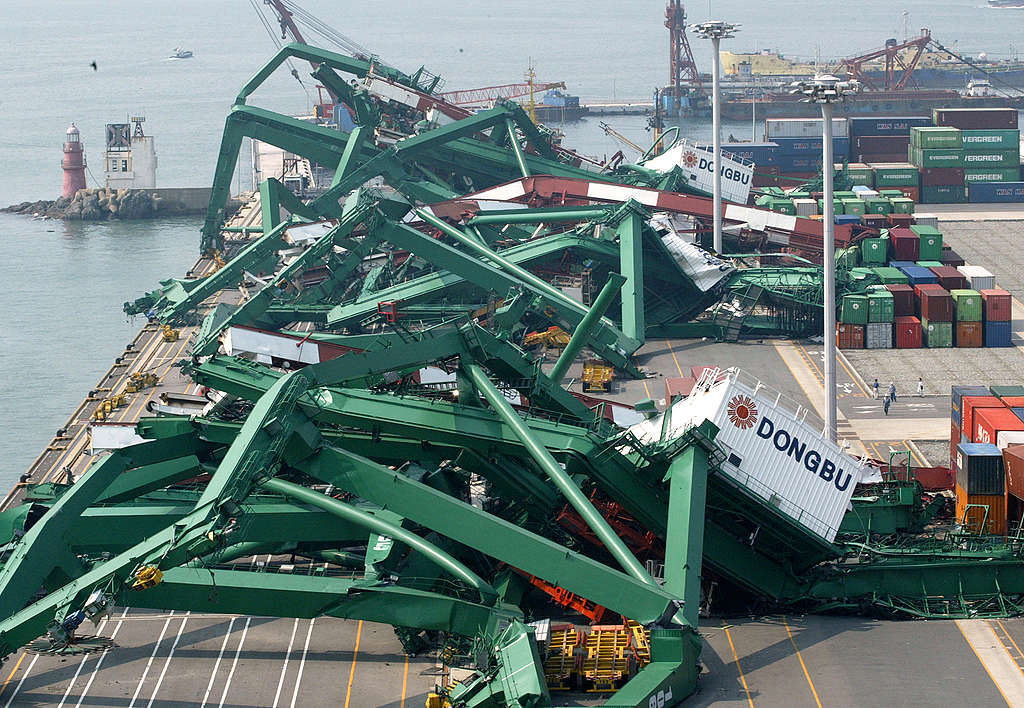
5: Typhoon Saomai
The most powerful storm to make landfall in China mainland
Hot on the heels of two other deadly storms in the summer of 2006, Saomai brought more misery to people in coastal Zhejiang and Fujian provinces with exceptionally heavy rainfall and record-breaking winds peaking at 245 km/h in Zhejiang and 273 km/h in Fujian in August. The super typhoon caused hundreds of people to lose their lives, including fishermen at sea, destroyed about 54,000 buildings, swamped farmland, and left almost the whole of Zhejiang without power. Entire villages were swept away; more than a million people were evacuated from their homes.
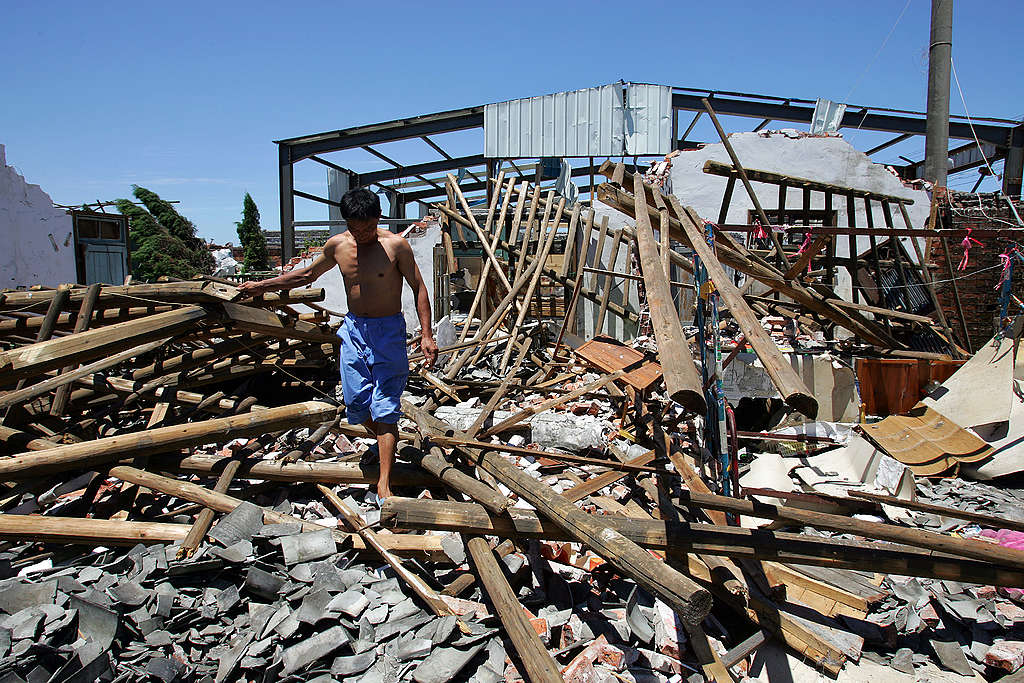
What’s climate change got to do with it?
It’s a well-established fact that climate change is raising global average temperatures and that includes ocean temperatures too. Melting glaciers and warmer oceans also contribute to sea-level rise. Warmer, deeper bodies of the ocean are having a significant impact on changing weather patterns.
Climate scientists have determined that warmer sea surface temperatures make it more likely that any typhoons that develop will (1) have greater wind speeds and (2) carry more moisture. This is a deadly combination because that means typhoons are more likely to be stronger and wetter and thus pose a greater risk of ripping through homes, causing devastating flooding and landslides, and triggering storm surges leading to more deaths and crippling economic losses.
There is also evidence that climate change is altering where typhoons occur, pushing them in a certain direction meaning one area will be hit harder, while another will lose the important contribution typhoons make to filling reservoirs for water supplies and raising vulnerability to droughts. Communities, unused to typhoons and thus unprepared or reliant on them for water, are particularly at risk.
In the future, the five biggest typhoons in East Asia that we listed above, may pale in comparison to the super typhoons of the future if we don’t take immediate action to stop runaway climate change.
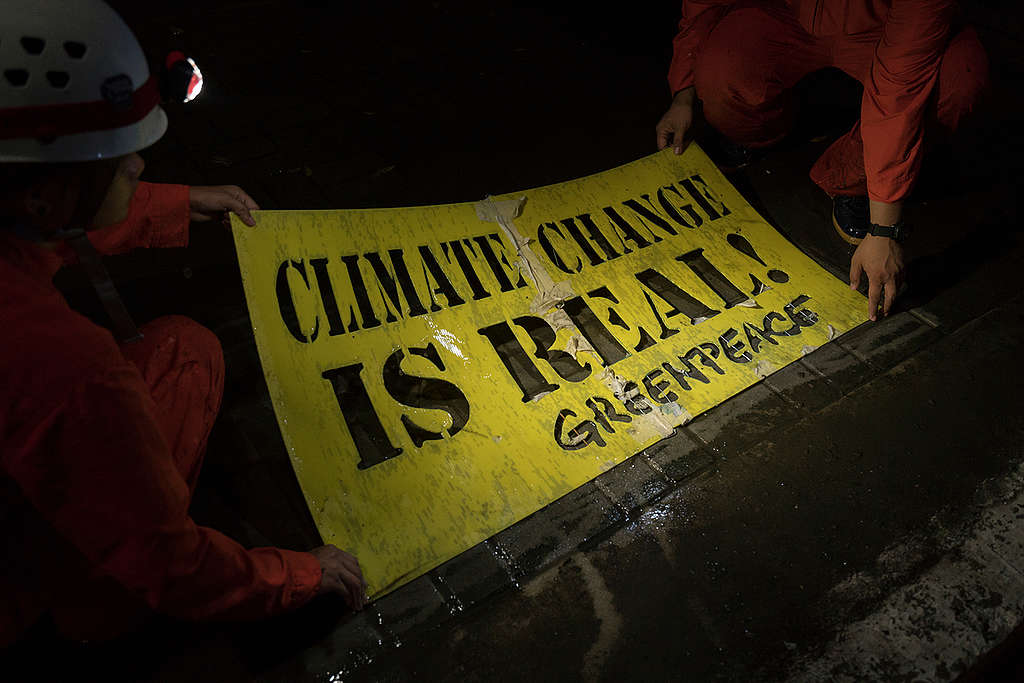
What’s predicted to happen in East Asia?
It is challenging to predict exactly how climate change will affect typhoons in our region, but, using the best science out there, we can predict likely scenarios.
Greenpeace’s key findings are that:
- Typhoons will become more intense because of climate change. We are already witnessing this change: the annual average number of category 4 and 5 storms in the region has more than doubled between 1977 and 2014;
- Typhoons are being pushed northward so that they are more likely to strike northeast China, Japan, and Korea.
So, what’s next?
It might sound like we’ve been here before, but the 2021 UN Climate Change Conference, or COP26, scheduled for November in the UK city of Glasgow, is the world’s “best chance” at stopping the worst outcomes of the climate crisis. And that includes the terrible and deadly impacts of ever stronger typhoons.
Delayed by a year because of the Covid pandemic, COP26 is also the world’s last chance to take real, accountable, and defining action. We need world leaders to act big and act now. That means huge and immediate cuts to fossil fuels.
The one single solid solution is to veto all new oil explorations, all new coal plants, and all new coal mines. Everything fossil fuel-powered should be fast-tracked phased out. The world has the knowledge, it has the technology, and it has the support of people all over the globe. All it needs is determination.
World leaders have a unique opportunity to show leadership and foresight in drawing up strong, concrete plans to make our economies green and just and our families safe from extreme weather events. Act now and demand YOUR government to lead by example and show ambitious emissions-cutting plans and real solutions to halve global emissions by 2030.
